|
It is around this time of year that I am asked the most questions about wasps. A much maligned creature with a general belief that wasps serve no purpose, that they are just a more angry version of bee but I try to show that wasps are actually invaluable to the ecosystem and many stories about them just aren’t true. ,One of the biggest myths about wasps is that they are naturally aggressive and will sting without provocation but despite their occasional aberrant attack, they only sting under certain circumstances; they sting to defend themselves and they sting to defend their nests. Social wasps - Vespula vulgaris, the common wasp, are found in various habitats including urban areas, which in the Irish context means they are fairly ubiquitous and can be found almost anywhere on the island. When a fertilised Queen wasp emerges from hibernation she will begin to form a new colony. Wasps. make nests, like bees and these hard-working insects actually make their own building materials by turning raw wood into paper pulp. They chew wood fibers (they love my front door and the boards on the shed) into a soft pulp. This pulp plus the wasp's saliva forms the basis of the nest, which is a network of tiny hexagonal cells arranged together in a honeycomb shape, enclosed in a protective layer that covers the whole nest. Although made out of paper, the nests are sturdier than you might expect, nevertheless, they will decompose naturally over the course of the winter, due to weather and other factors and a new nest will be built each year. Many wasp species swarm primarily to protect their nest, swarming to fend off the perceived attacker whether that is animals or people if their nest is disturbed. Although most social wasps build their nests in the eaves of houses, in sheds and outbuildings and in trees, some wasps build their nests in shrubs or climbers but also in the ground where they can be disturbed much more easily and unintentionally, causing a swarm reaction. After building a very small nest the queen will lay the eggs that become the first workers of the colony. In the early part of the year, the nest stays quite small and growth is slow until a certain point when new workers then emerge in larger and larger numbers. During the early summer months, when people rarely notice wasps, they seek out aphids, spiders and flies, small caterpillars. mosquitos and other insects which they bring back to the larvae in the nest. Most people are stung in late summer because this is when the fertilised queen is preparing to hibernate. In this period, a lot of the wasps die off and the workers left behind are hungry because there is less food around and they are stessed and confused because of their nestmates are dying. They are on the lookout for sugar and outdoor dining in the form of picnics and barbeques are a source of rich pickings. Then, they more likely to sting when people try and swat them; only when they think you are trying to kill them do they usually become hostile. As well as being voracious and ecologically important predators, wasps are increasingly recognised as valuable pollinators, transferring pollen as they visit flowers to drink nectar. Many people thought that wasps were not pollinators like bees as they have a smooth body. However, they most certainly are. The hairs on the black and yellow striped abdomen of many wasps is so fine, it renders it almost invisible to the naked eye. Only on close examination fine but dense hairs were found on the abdomen and thorax of even the common wasp. The presence of hairs coupled with the fact that they visit flowers for nectar persuaded researchers that wasps were indeed plant pollinators. In fact, researchers have found that wasps are the exclusive pollinators of some species of orchid and fig. Indeed, if wasps didn’t exist, picnics would be less fraught but, without wasps, many of the ingredients might not exist at all. Research into by a team in Florence have found that the guts of wasps provide a safe winter refuge for yeast – specifically Saccharomyces accharomyces cerevisiae, the fungus we use to make wine, beer and bread. Sadly, wasps are facing a similar decline to bees and many other of our wild pollinating insects and that is something the world can't afford. Both bees and wasps pollinate flowers and crops - but wasps also destroy pests and insects that carry human diseases.
Our dislike of wasps is largely shaped by a small number of social stinging species, these represent a small percentage as the vast majority of wasps, more than 75,000 species are solitary ones. Global concern about the decline of pollinators has resulted in a phenomenal level of public interest in, and support of, bees (though this attention seems to be concentrated on honeybees rather than wild bees in general). The much loved bee is seen as more helpful to people and the environment than the wasp; if this global concern could be mirrored for wasps it would need a complete cultural shift in attitudes towards them..
0 Comments
|
WildEdges
A haven of quiet countryside highlighting issues affecting the natural world. Categories
All
|
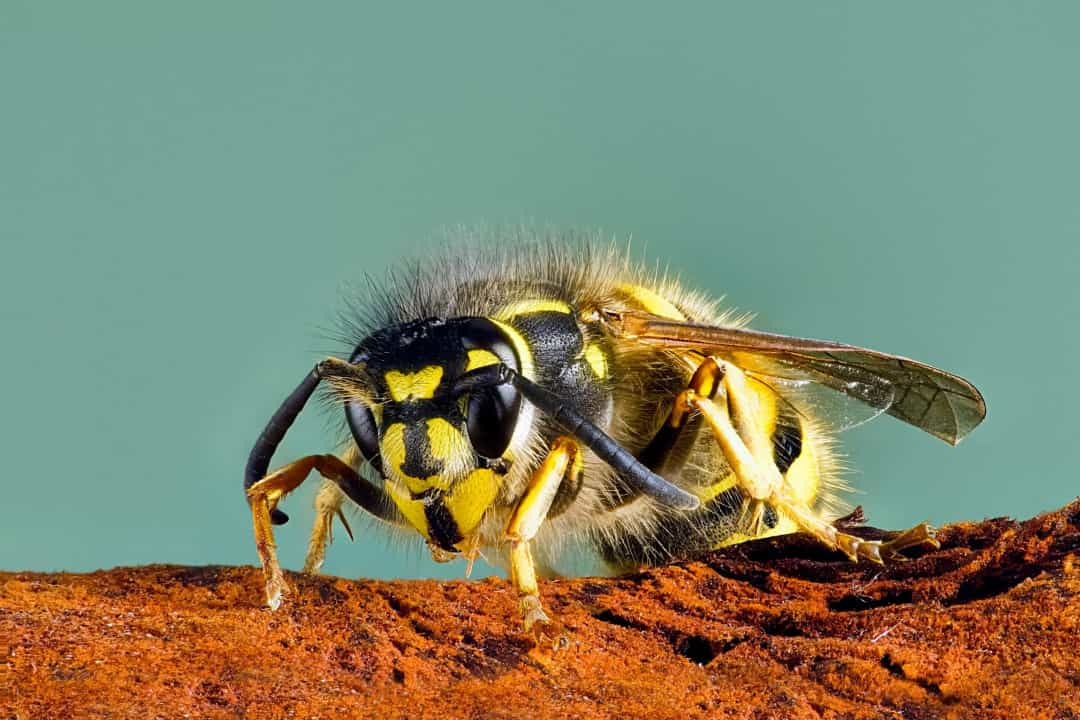
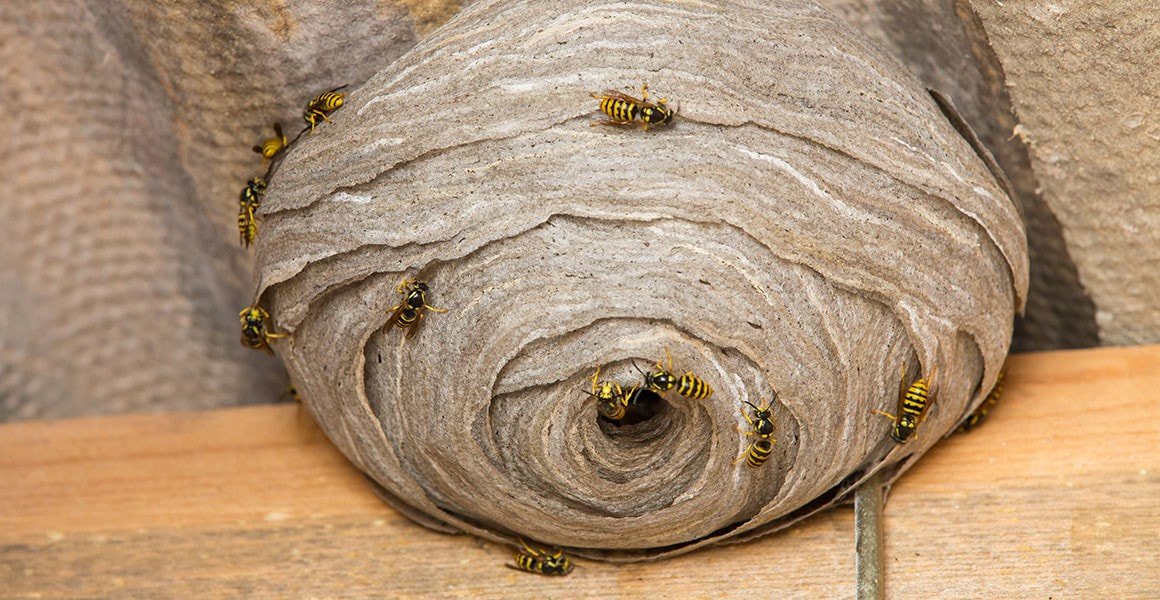
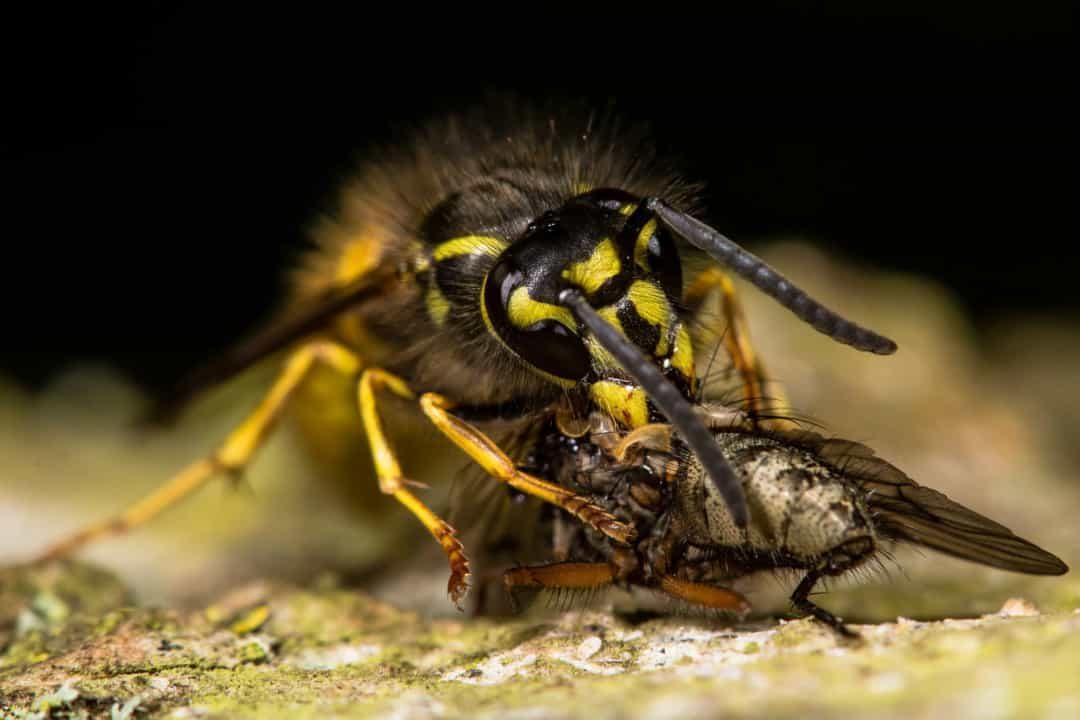
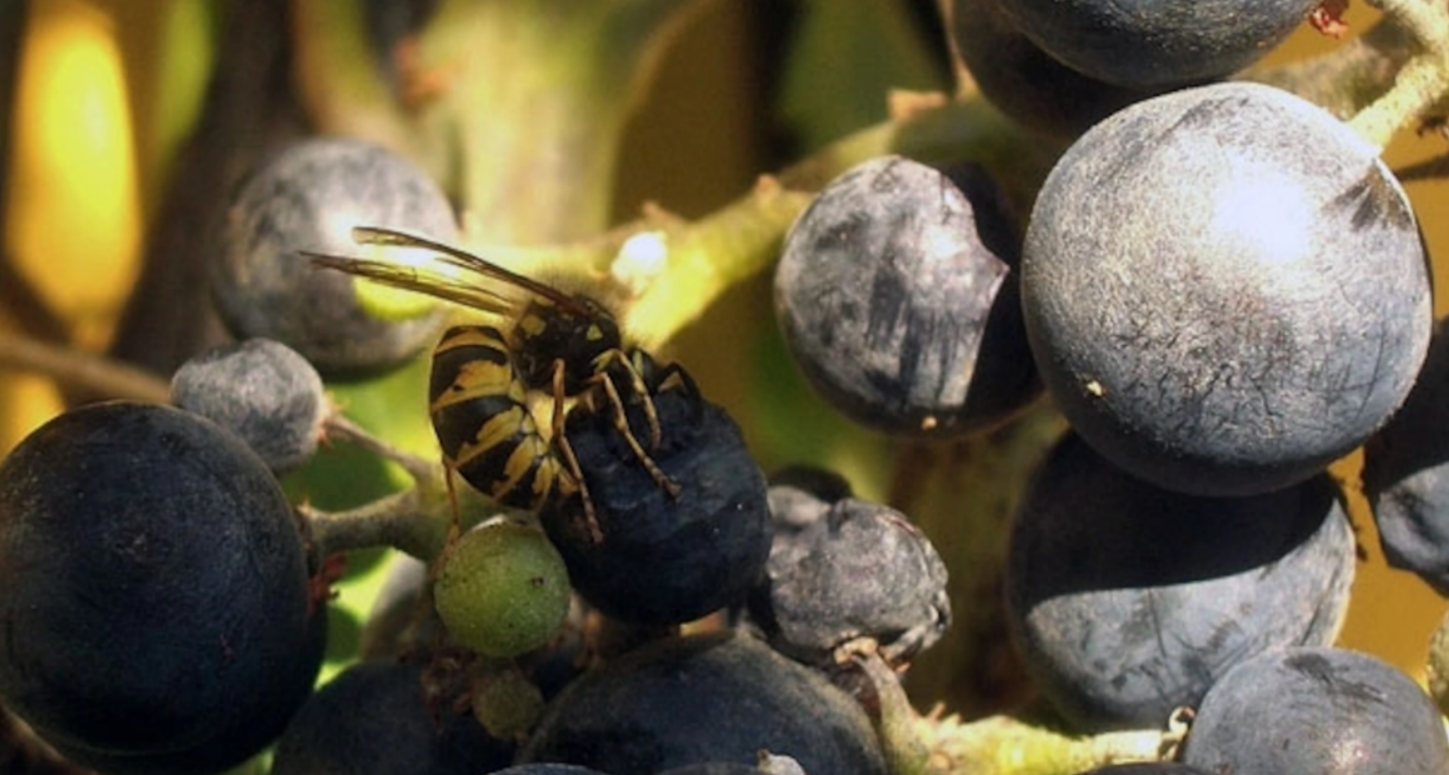
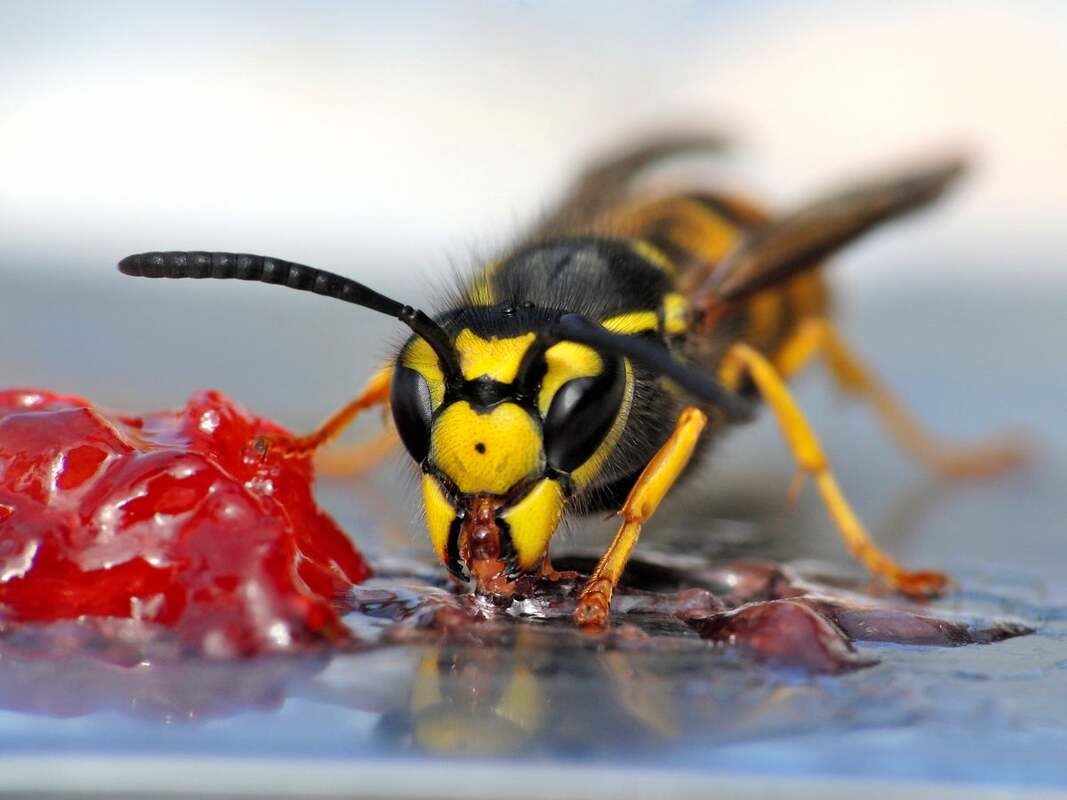
 RSS Feed
RSS Feed